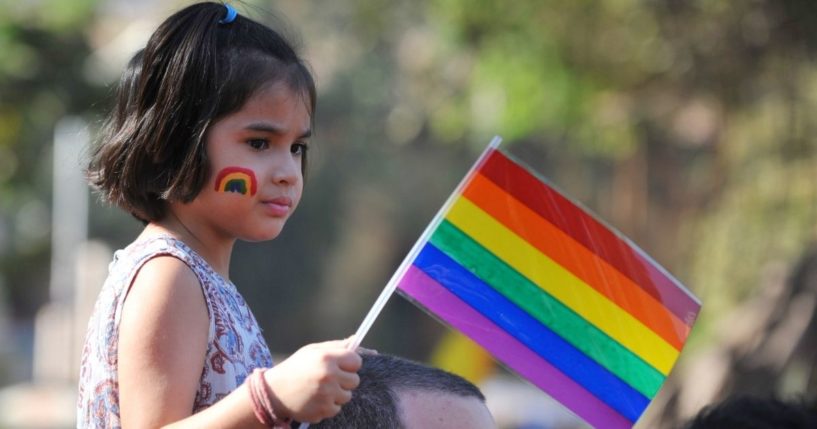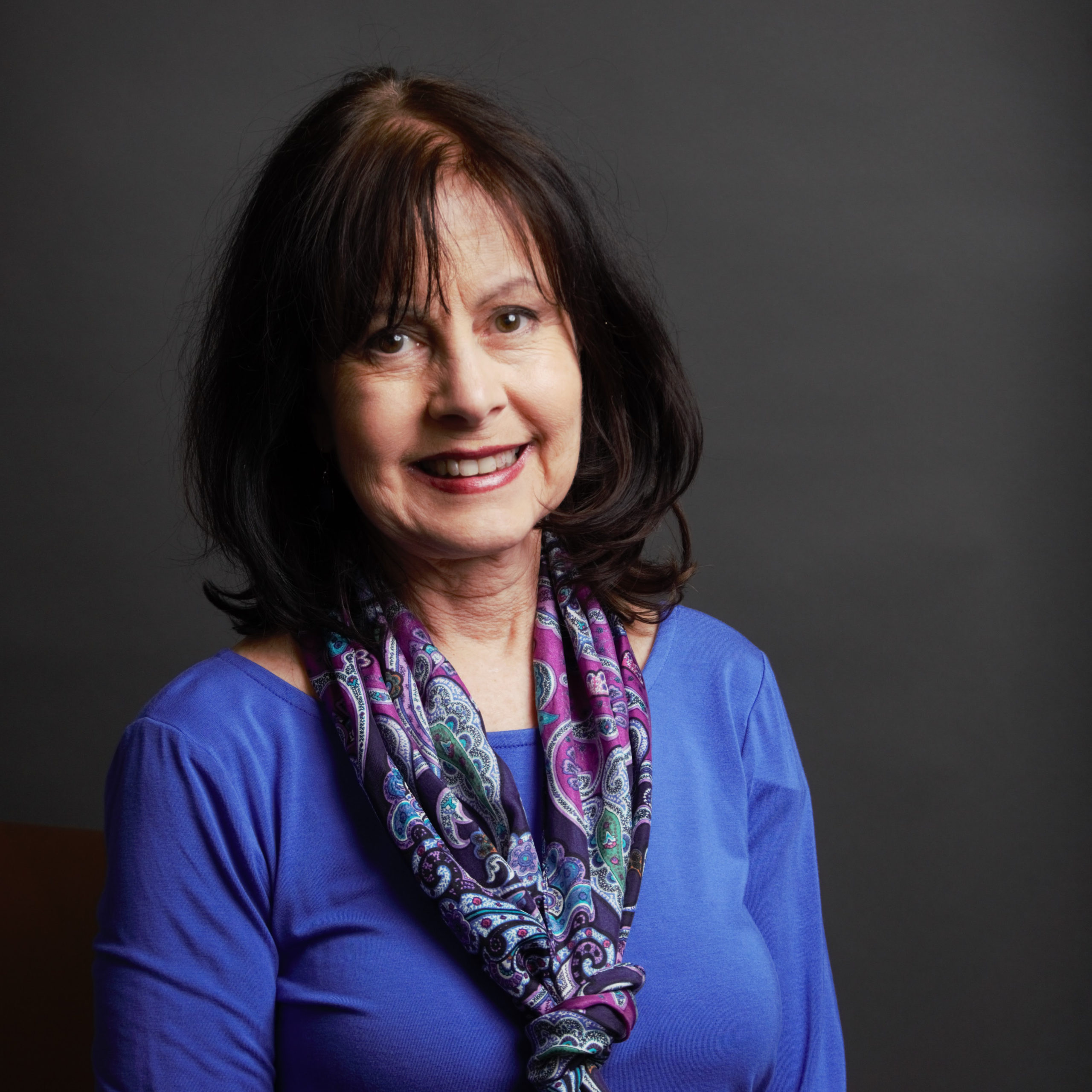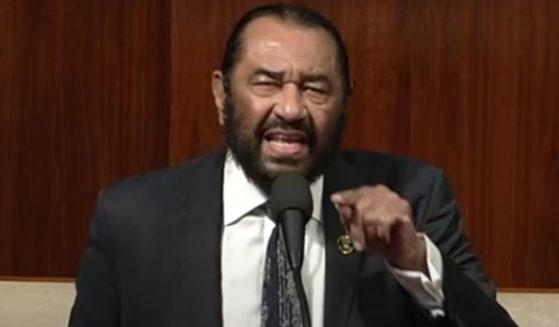
Are Girls with Autism Being Fast-Tracked Into Transgenderism?
A few months ago, I was blown away learning that a local young woman found her gender transition didn’t solve any of her problems. Now, eight years later, she’s been diagnosed with autism and realizes that the gender “identity” focus was really just a Band-Aid for the autistic traits she struggled with.
Her regret, misdirection and heartache were painful to read, but I learned her story is part of a growing awareness about the role of autism in the transgender trend.
As the mother of a young adult son with autism, and as someone who has witnessed the tragic gender “transitioning” of a teen girl, this revelation struck me. How common is it, I wondered, for autism to be a factor in the enormous and rapid increase of those who claim gender confusion?
More and more social scientists are noticing the high numbers of those with autism in the LGBT community compared with the neurotypical community. Concerned parents, medical personnel and pro-family commentators are speaking out about the fact that many kids and young adults are fast-tracked into “transitioning” into the opposite sex without any mental health analysis at all.
Today our youth are bombarded with messages encouraging them to reject their bodies in favor of transgender identities, and this includes those with autism.
Many of us are stunned by how quickly “gender issues” have become mainstream. The intense focus is not just promoted by LGBT activism anymore. Journalists and TV hosts will say that someone was “assigned” male or female at birth; that it’s merely a “social construct.” New York state has removed male/female designation on birth certificates, and you can get a new birth certificate with your current identified gender stated.
The American Medical Association has only helped push the gender “spectrum” in declaring, “Designating sex on birth certificates as male or female, and making that information available on the public portion, perpetuates a view that sex designation is permanent and fails to recognize the medical spectrum of gender identity.”
This announcement enables doctors to profit from hormone treatments and surgeries, and for “gender clinics” to pop up across the country. The number of “gender clinics” for children and adolescents has risen from one in 2007 to over 65 today, according to Person and Identity. The AMA’s announcement also makes it less comfortable for an opposing doctor, especially a practicing Catholic one, to refuse to participate in what they consider child abuse.
The ancient, biologically based, Christ-centered understanding of the human person is now routinely dismissed as old-fashioned, too limiting, politically incorrect and even hateful.
We’re now asked to fill out medical and employment forms where the choices for gender list more than mere male and female. School curriculums are fast working in gender ideology, and school and community clubs are applauded for “affirming” so-called gender diversity.
It certainly opens up a new range of gender possibilities for kids, especially the ones who are a little different.
Teens facing puberty, combined with a feeling of not quite fitting in or having many friends, being depressed and/or anxious, possibly being bullied and not expressing or understanding emotions well, could be attracted to all the attention, even applause, these days for announcing a new gender.
Adding a trauma to the mix — divorce and family separation, feeling confused, uncertain or isolated — can make the promise of “feeling whole” and as “who you’re meant to be” sound like the answer.
Plenty of gender ideology websites, progressive talk show guests, pediatricians and school counselors raise the gender question to teens as a matter of course these days. Suddenly a child who never considered that they were anything other than the gender they were born with hear, “maybe you’re actually the opposite gender.” Families are told by doctors and schools that they must “affirm” their child in whatever sex they say they are, even if that choice changes every now and then.
In a growing number of cases, underlying issues such as those above are often not even considered.
Some who transitioned and later regretted it describe no or close-to-no mental health evaluation, no consideration of family dynamics, no waiting period. One or two short visits where the child or young adult said they “believed” they are a different gender resulted in hormone prescriptions and scheduling surgery. Gender transition is now big business internationally.
As reported in Spectrum News, a 2020 analysis of 641,860 people from five unrelated databases on autism, mental health and gender found that about 30,000, or 5 percent, of typical people in the study had autism, while 895, or 24 percent, of the gender-diverse people had it.
Over the past 10 years, there have been at least nine studies connecting ASD and gender dysphoria. Rates of ASD or autism traits in these studies range from 5 percent to 54 percent among those with gender dysphoria, significantly higher than among the general population. Some researchers believe the percentage of young girls with autism who believe they’re experiencing gender dysphoria is actually higher, and that many of these females go undiagnosed.
One factor commonly known in the autism community is that girls are far less likely to be diagnosed with autism than males.
Characteristics of a girl’s autism may make her more susceptible to the current gender hyper-focus, even though she’s better able to camouflage her social differences, including feeling “different,” lacking a range of emotions, looking to fit in and having communication differences.
Combined with the seeming popularity of, and applause for, “coming out” as a male in a girl’s body, too many young girls with autism are being led down the drastic path of “transitioning” to male without carefully considering underlying factors and treatments other than transitioning.
Tavistock, a “gender clinic” in the U.K., was the subject of a 2018 Guardian article. A report by staff, as well as parents of young people who attended the clinic, detailed concerns over the speed and brevity of the intake and assessment process.
They believed young people are not being adequately screened before entering into a lifelong medical pathway. The report questions whether the clinic should do more to consider young people’s personal histories, especially by examining whether they are on the autistic spectrum, have experienced trauma or are influenced by social pressures, before helping them on the life-altering path of transitioning.
How tragic is it to think that some with autism are being misdiagnosed as “in the wrong body” and needing to “transition”? Shouldn’t it be the bare minimum to expect a thorough evaluation of any and all factors in such a drastic decision?
Last month, parents of transgender-identifying teens held protests outside children’s hospitals that have transgender clinics in six U.S. and Canadian cities to oppose the use of experimental drugs and cross-sex hormones on youth who are struggling with same-sex attraction, are on the autism spectrum or suffering from depression or other mental challenges.
Carrie Hathorn, the national organizer for LGB Fight Back, spoke with The Christian Post, urging the public to resist the heavily financed transgender movement that they say causes devastating harm to young people. They believe giving puberty blockers and cross-sex hormones followed by cosmetic surgeries that cause sterility is unethical and abusive to children.
Hathorn referred to people who went through the process of transitioning and now regret the radical steps, devastated by the physical and psychological damage that has been done to them.
“Big Med and Big Pharma have expanded their profit-driven market to target kids. LGB Fight Back opposes the medicalization of our community and of children,” she said. Another participant at the protest learned last year that a friend who’d undergone transitioning had committed suicide.
An inspiring effort of sanity in the sea of gender confusion is the creation of the Person and Identity Project, recently created through the Catholic Women’s Forum.
As its website explains, “Having the knowledge to respond truthfully and compassionately to gender ideology is becoming more critical in today’s world.”
Because it is sowing confusion and undermining the church’s mission of evangelization, the rise of gender ideology has created an urgent need for clarity, education and compassionate guidance for Catholic families and young people. Research, testimonies and assistance are provided to equip parents, schools, priests and deacons, youth and family life ministries.
Mary Rice Hanson, Ph.D. — a consultant for the USCCB Committee on Laity, Marriage, Family Life, and Youth, and co-founder of Person and Identity — believes adolescent girls, children with autism, pre-existing mental health issues, histories of trauma or abuse, and those already having trouble fitting in or who are socially isolated are particularly vulnerable to gender ideology.
Many times it’s someone else that’s introducing the idea of “changing” sex to the child or young adult. A leading pro-LGBT pediatrician recently encouraged other pediatricians to be “proactive” in raising questions about sex and gender, even asking children if they are comfortable in their gender, even if a child has not raised the subject.
“It’s critically important to realize that even if a child is not personally confused about being male or female, it is deeply destabilizing to every child when authority figures outside the family normalize and validate the core beliefs of gender ideology — and they do, routinely,” Hanson said.
Person and Identity is now equipping people with the necessary responses to the popular intolerance for basic truths about the human person — the reality of biological sex and the significance of sexual difference — now rejected by courts, universities, public schools, health care and corporations.
“The Catholic identity is that a person is a unity of body and soul, but the dominant, common view is that the body is just a machine, and what I really am is my mind. And those two things can be mismatched with each other,” Dr. Susan Selner-Wright explained in an introductory video.
“I think this is only going to become a more acute problem in the U.S. for the foreseeable future,” Selner-Wright said, adding that it is becoming more and more likely that young people will encounter acquaintances, friends or family members who are questioning their gender.
“So much of it is driven by social media and popular culture that parents may not really be tuned into, but that their kids are being bombarded with.”
The views expressed in this opinion article are those of their author and are not necessarily either shared or endorsed by the owners of this website. If you are interested in contributing an Op-Ed to The Western Journal, you can learn about our submission guidelines and process here.
Truth and Accuracy
We are committed to truth and accuracy in all of our journalism. Read our editorial standards.
Advertise with The Western Journal and reach millions of highly engaged readers, while supporting our work. Advertise Today.












